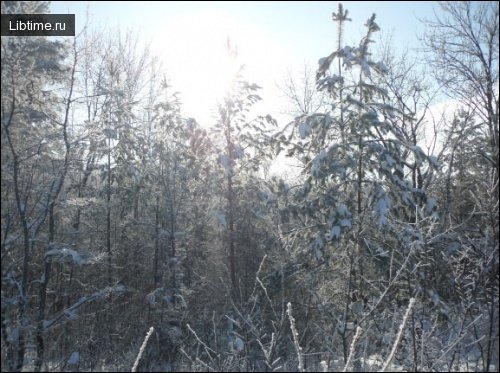How to navigate the terrain
Every traveler, tourist, and simply any person should know how to navigate the terrain.
This includes: determining the sides of the horizon, location, direction of further movement. All this is a mandatory and vital skill.
On the tourist route
On the tourist route have to orient on the terrain constantly, they use for this purpose various techniques and means, ranging from a map and compass to various objects and signs.
This is achieved by training and observation. The sides of the horizon are determined by the sun, stars, moon, various natural signs, local objects, then checked by compass - this is the most important tourist device, which is known to everyone since school.
Andrianov compass system
The compass of the Andrianov system is the most widely used in hiking practice. When determining the sides of the horizon, measuring and using azimuths, the compass should be oriented. To do this, the brake is released and the northern end of the calmed magnetic hand is aligned with the zero mark of the compass scale (limbo). The arrow always points to the north magnetic pole.
Signs of the major sides of the horizon
You can also roughly judge the signs of the main sides of the horizon by the following signs and omens:
- the bark of trees on the northern side is coarser and darker, especially well visible on birch trees, as well as on pine trees after rain;
- when orienting by anthills, it is necessary to know that they are usually located on the southern side of trees, stumps, boulders, their southern side is flatter and more extensive than the northern one;
- In spring, the snow melts earlier on the northern slopes of ravines and southern - hills.

- in most cases, sagebrush lines are cut in north-south, west-east directions;
- Forest blocks are numbered from left to right, so the side of the post with the smaller sum of numbers will face north.
If there is no compass, the direction of the sides of the horizon can be most accurately determined by the sun:
- at 7:00 a.m. it is in the east,
- at about 1:00 p.m. it's in the south,
- at about 19.00 - in the west (not taking into account maternity time).
Knowing that the sun "moves" 15° hourly, you can use this when traveling.
Using a map and compass
To determine your location on the ground, you have to use a map and compass. First of all, the map must be oriented, i.e. turned in such a way that the northern direction on the map coincides with the true geographical meridian.
To do this, you need to raise the map to eye level and visualize the direction to some landmark. The intersection of this direction with the image of your linear landmark will give you your position point.
If two or three landmarks are used to determine the point of standing, then on the oriented map you should sight and draw directions from these landmarks. The point of intersection of the lines will be the desired point.
Moving by azimuth
When crossing off-road, in the taiga with poor visibility you have to move by azimuth. Azimuth is the angle between the northern direction and the direction to the desired landmark. When planning the crossing, the azimuth is taken off the map and the magnetic declination is corrected. Afterwards, you should stick to this direction with the help of the compass.
To do this, the compass is oriented, its sighting device is set to the desired direction and in this direction on the terrain notice a clearly visible landmark, to which and move.
Having reached it, the operation is repeated. In case of loss of orientation on the terrain, first of all, do not fuss and rush. In the hike continue to move until you reach the road or village.
In more difficult hikes stop and reconnoiter the way. If this does not lead to anything, you should go to the river and move along it to the shelter. Proper orientation on the terrain is the key to a successful trip.


